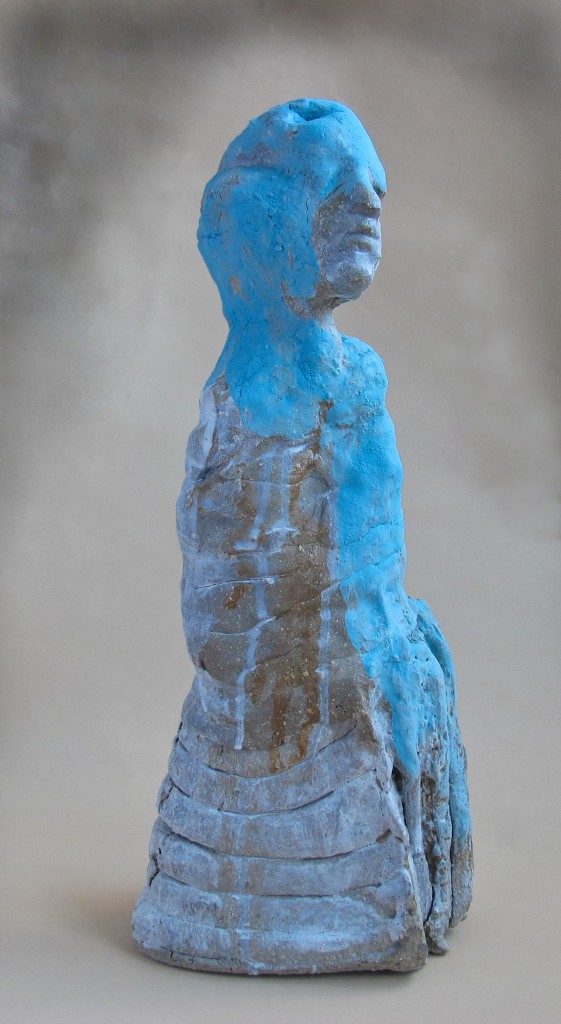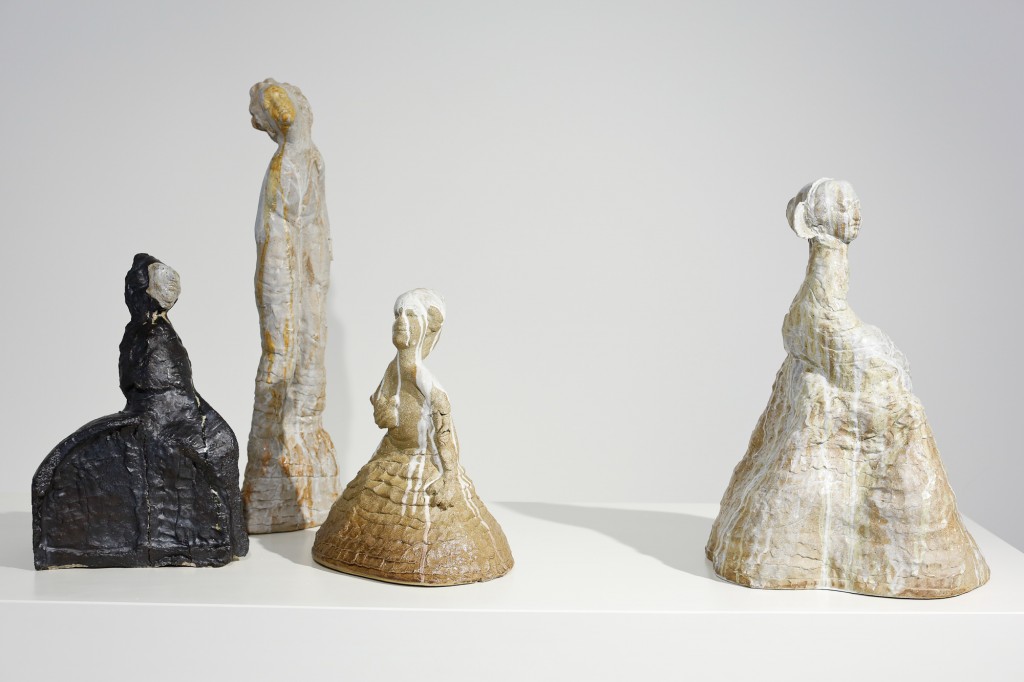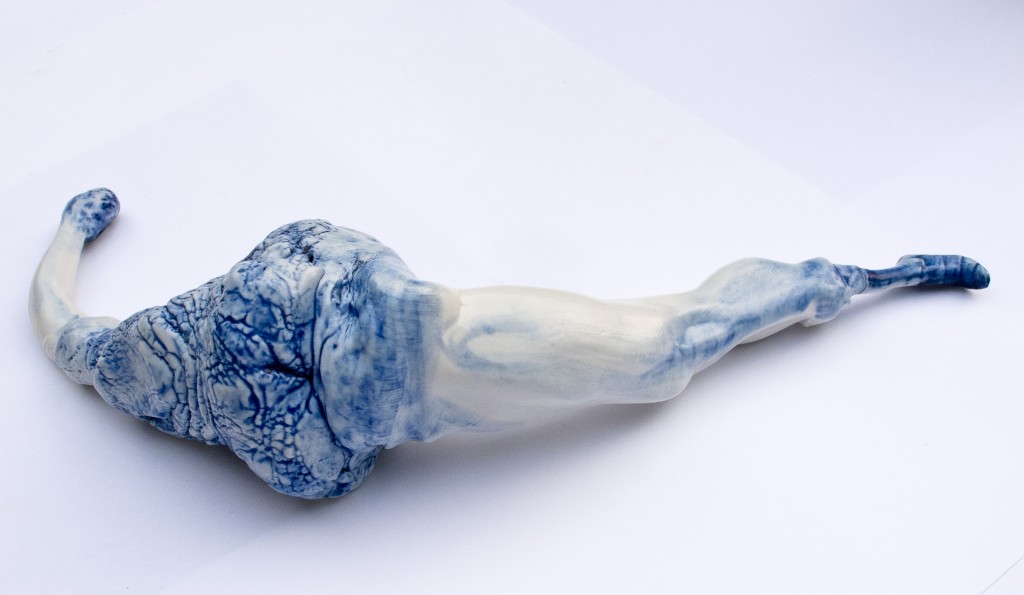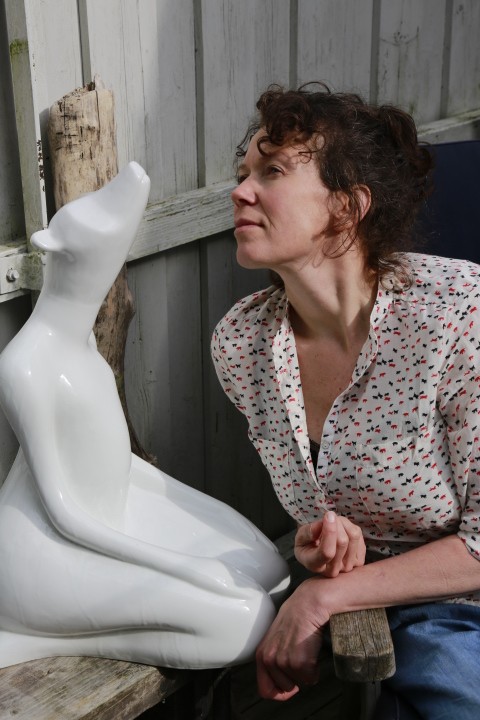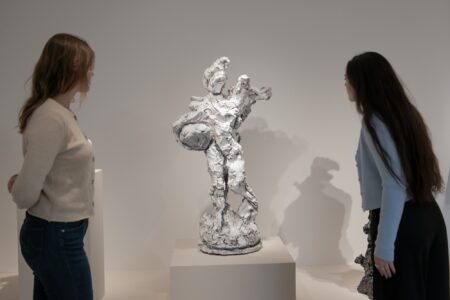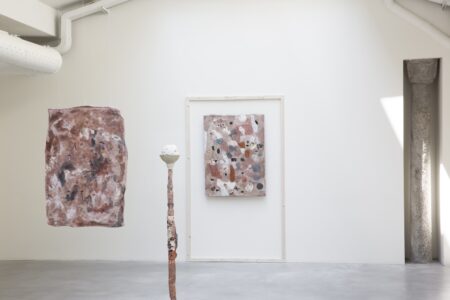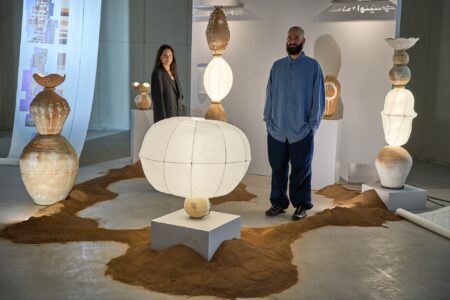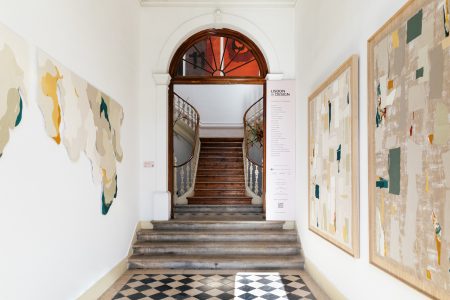Irene Nordli: The sensuality of porcelain and clay
Irene Nordli (b. 1967) is one of Norway’s foremost ceramics artists. She represents a generation of conceptual artists who have redefined the field of Nordic crafts. TLmag met with her in her uniquely styled personal studio and home, located at Bøler in Trolltun Borettslag near Oslo among the so-called ’kunstnerboligene’ (artists’ houses).
TLmag: How would you define yourself as a ceramics artist?
Irene Nordli: I have developed my own vision of classic porcelain and constantly look for new approaches to the medium. I also work on polished stoneware, but what I like best is glazed porcelain. At the Oslo National Academy of the Arts, I am in charge of the large-scale ceramics workshop. I enjoy challenging the material by using the traditional techniques and codes of porcelain, which are leading me into new shapes balanced between the figurative and the abstract forms. Beyond art pieces, I also have developed some public art such as Månelyst for the city of Trondheim. Since I graduated from the Bergen Academy of the Arts in 1996, I have held a series of gallery and museum exhibitions, both in Norway and abroad. In 2011, my new ceramics series, developed at Jingdezhen in China, was represented at Art Beijing – Contemporary Art Fair. Since then, my work has also been shown at Collect: The International Art Fair for Contemporary Objects in London, by Gallery Format Oslo. I also recently had a solo exhibition at the Galerie Collection in Paris.
TLmag: What is your quest within the field of contemporary ceramics? You are exploring both the crafts and the fine arts. What attracts you so much about Far Eastern culture?
I.N.: By exploring porcelain, as well as the expectation of beauty, I convey the sensuality of the clay. The work I exhibited in Beijing in 2011, I Find It Harder and Harder To Live Up To My Blue China, demonstrates a turn in my artistic career. I continue to work with the human body and organic forms, but with a greater degree of abstraction. My sculptures are more fragmented and the body parts are therefore less recognisable. Materiality becomes more than ever tactile and organic. The glaze reinforces this feeling of touching a body and a soul. I just returned from Japan where I have a project with the famous master ceramicist Takeshi Yasuda, who has influenced me with his creamware, porcelain and celadon. In one of my upcoming project I will apply my art to the Manga tradition.
